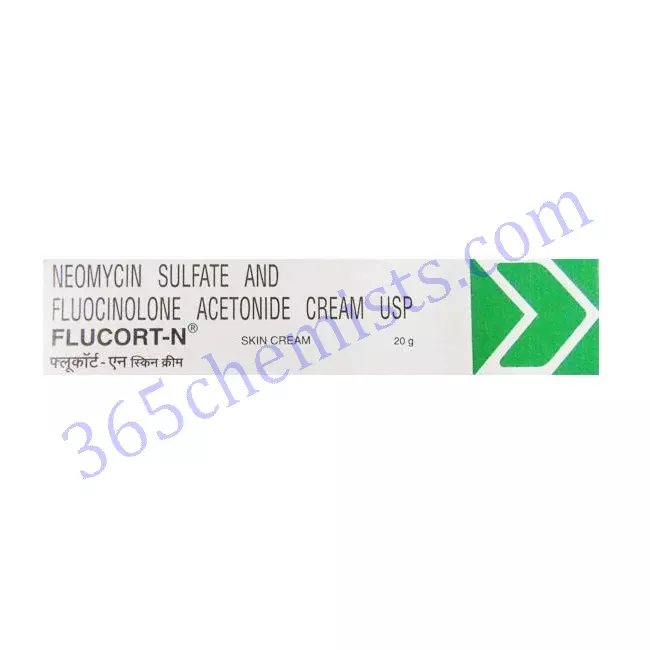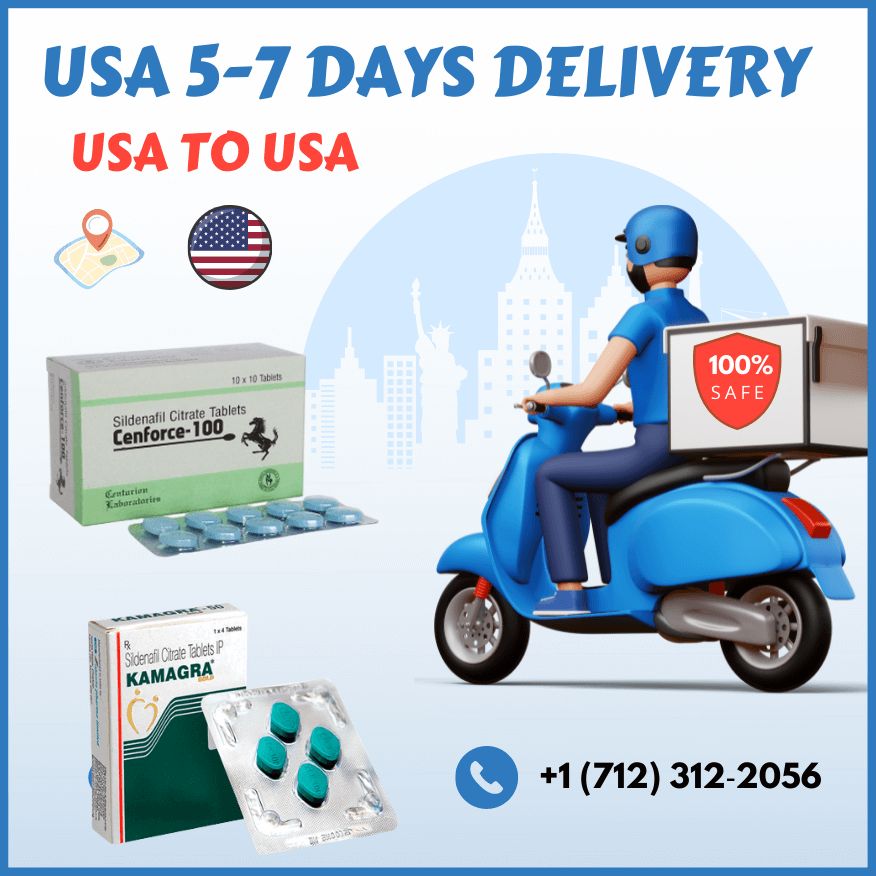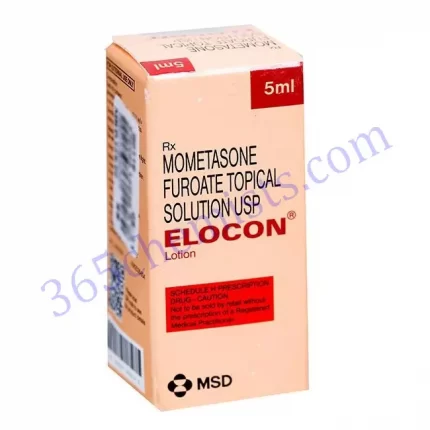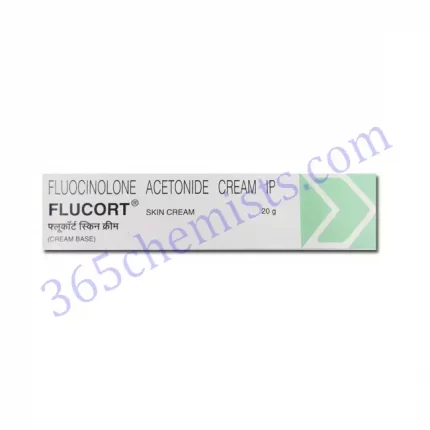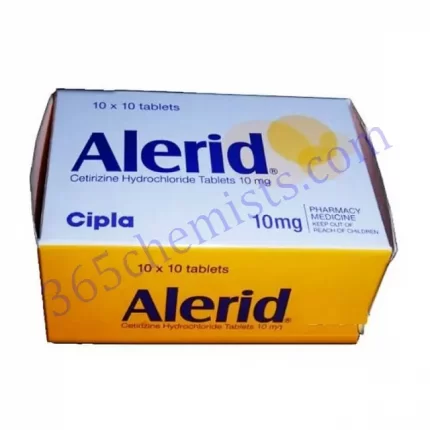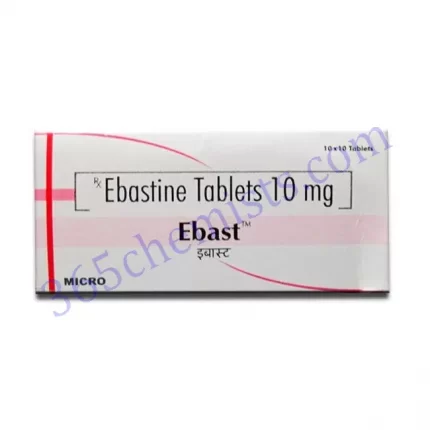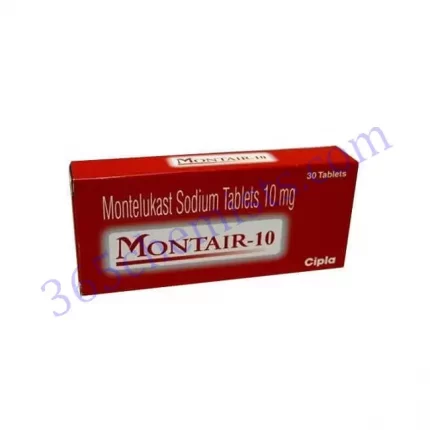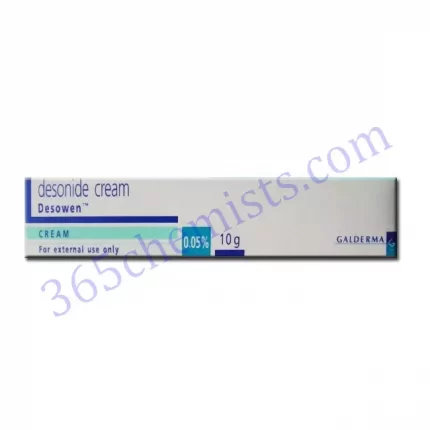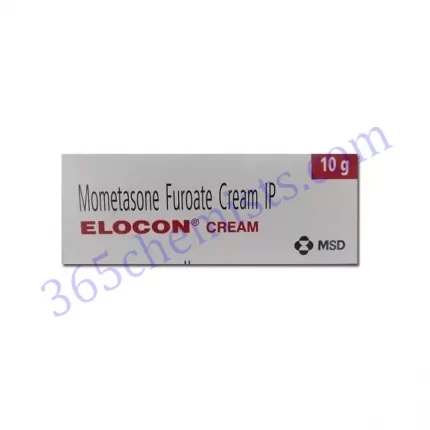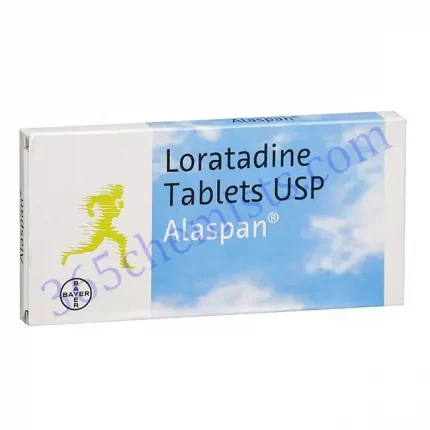Introduction to Flucort N Cream
Fluocinolone Acetonide and Neomycin are the two active components in the topical medicine Flucort N Cream. It is generally used to treat a variety of skin problems, such as allergic responses, eczema, dermatitis, and psoriasis. The cream relieves pain and speeds up healing by lowering the redness, itchiness, and swelling brought on by various skin disorders.
How Flucort N Cream Works
Neomycin’s antibacterial capabilities and Fluocinolone Acetonide’s anti-inflammatory characteristics are combined in Flucort N Cream. The corticosteroid drug fluocinolone acetonide works by lowering inflammation, itching, and redness while suppressing the immune system. An antibiotic called neomycin aids in preventing or treating bacterial infections that may develop in skin that has been injured or fractured.
Proper Use of Flucort N Cream
Consultation: It is crucial to speak with a healthcare provider before using Flucort N Cream. They will evaluate your health and give you the necessary usage recommendations.
Before using the cream, check to make sure the afflicted area is clean and dry. Use a clean towel to pat the area dry after gently washing it with light soap and water.
Flucort N Cream should be applied sparingly to the area that is afflicted. To distribute the cream evenly, gently massage it into the skin. Unless the hands are the treated region, properly wash your hands after using the cream.
Follow the directions on the product label or those supplied by your healthcare provider regarding frequency and duration. Flucort N Cream is typically administered two to three times each day, or as instructed. Without consulting a doctor, never use more medication than is advised or for longer than is advised.
Flucort N Cream should not be applied to the eyes, nose, or mouth. The cream should not be used to the mucous membranes around the mouth, nose, or eyes. In the event of inadvertent contact, immediately rinse with water.
Precautions: Be sure to let your doctor know if you have any allergies, medical issues, or prescription medications.Cream should not be applied to broken or infected skin unless specifically directed to do so by your healthcare provider.
Avoid abruptly stopping the use of Flucort N Cream without first consulting a medical practitioner. They could suggest tapering off gradually to avoid any rebound effects.
Dosage
Flucort N Cream
Flucort Skin Cream
FLUCORT SKIN LOTION
Flucort H Cream
Flucort C Cream
Possible Side Effects and Precautions
Flucort N Cream side effects can include skin irritability, burning, itching, or redness where the medication has been applied.
Flucort N Cream use over a long period of time or in excess can raise the risk of systemic side effects from corticosteroids.
Cream shouldn’t be applied to cuts, open sores, or locations where an infection is currently active.
Stop using and get medical help if you have severe skin rashes, allergic reactions, or any other strange symptoms.
Storage and Handling of Flucort N Cream
Storage: Store Flucort N Cream at room temperature in the original container, away from moisture and sunlight. Keep it away from places with severe heat or cold, such bathrooms or areas with windows.
Keep Out of Reach: Make sure FlucortN Cream is kept in a secure location that is out of the reach of children and animals. Negative outcomes might result from misuse or accidental intake.
Cream should be disposed of according to local laws and prescription drug disposal best practises. It should not be dumped in the trash or flushed down the toilet.
Additional Information and Precautions
Avoid Continuous Long-Term Use: Flucort N Cream may raise the risk of systemic absorption and possible negative effects with prolonged and continuous use. It is advised to use it for the specified amount of time and follow up with your healthcare provider frequently.
Interactions with Other Medications: Be sure to let your doctor know about all of your current prescription and over-the-counter medications, herbal supplements, and topical medications. Flucort N Cream may interact with other drugs, diminishing its effectiveness or raising the possibility of negative side effects.
Allergic Reactions: Avoid using Flucort N Cream if you are known to be allergic to fluocinolone acetonide, neomycin, or any other component. Allergic reactions can include anything from minor skin rashes to serious symptoms including breathing problems or swelling in the face, lips, or neck. If an allergic reaction happens, get medical help right away.
FlucortN Cream is a topical drug, although a tiny quantity of it may be absorbed into the bloodstream. If used for a prolonged period of time, on skin that is fractured or injured, or when applied to a sizable portion of the body, this may happen. The negative effects of prolonged systemic corticosteroid administration can vary. As recommended, apply Flucort Cream to reduce systemic absorption.
Breastfeeding and Pregnancy: If you are currently breastfeeding or contemplating a pregnancy, talk to your doctor before using Cream. If it is safe to use at these times, they will weigh the benefits and potential risks.
Conclusion
With the help of bacterial infection management and inflammation reduction, Flucort N Cream treats a variety of skin disorders. It combines Fluocinolone Acetonide’s anti-inflammatory and Neomycin’s antimicrobial actions. Cream can ease the itch, redness, and discomfort connected to skin disorders when used properly and under a doctor’s supervision. Observe the recommended application method, frequency, and time frame as advised by your healthcare provider. Be mindful of any side effects and safety measures, and speak with a healthcare expert if you have any worries or inquiries. Flucort N Cream can improve skin health and general wellbeing when used correctly.

